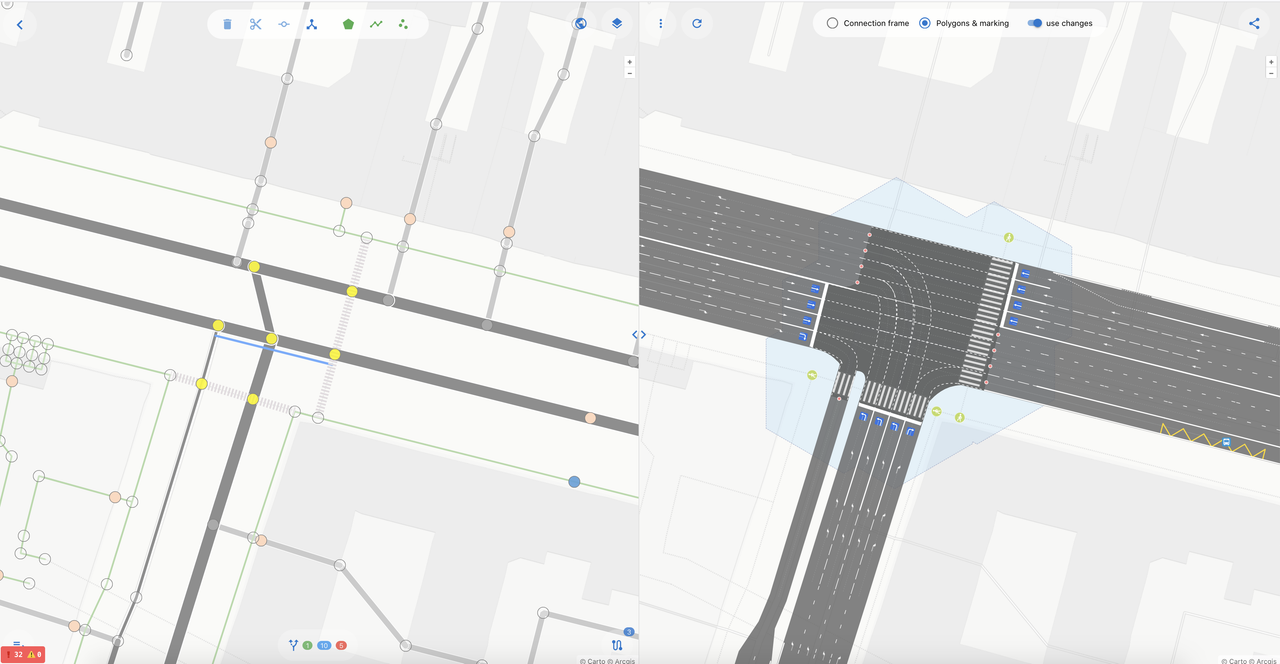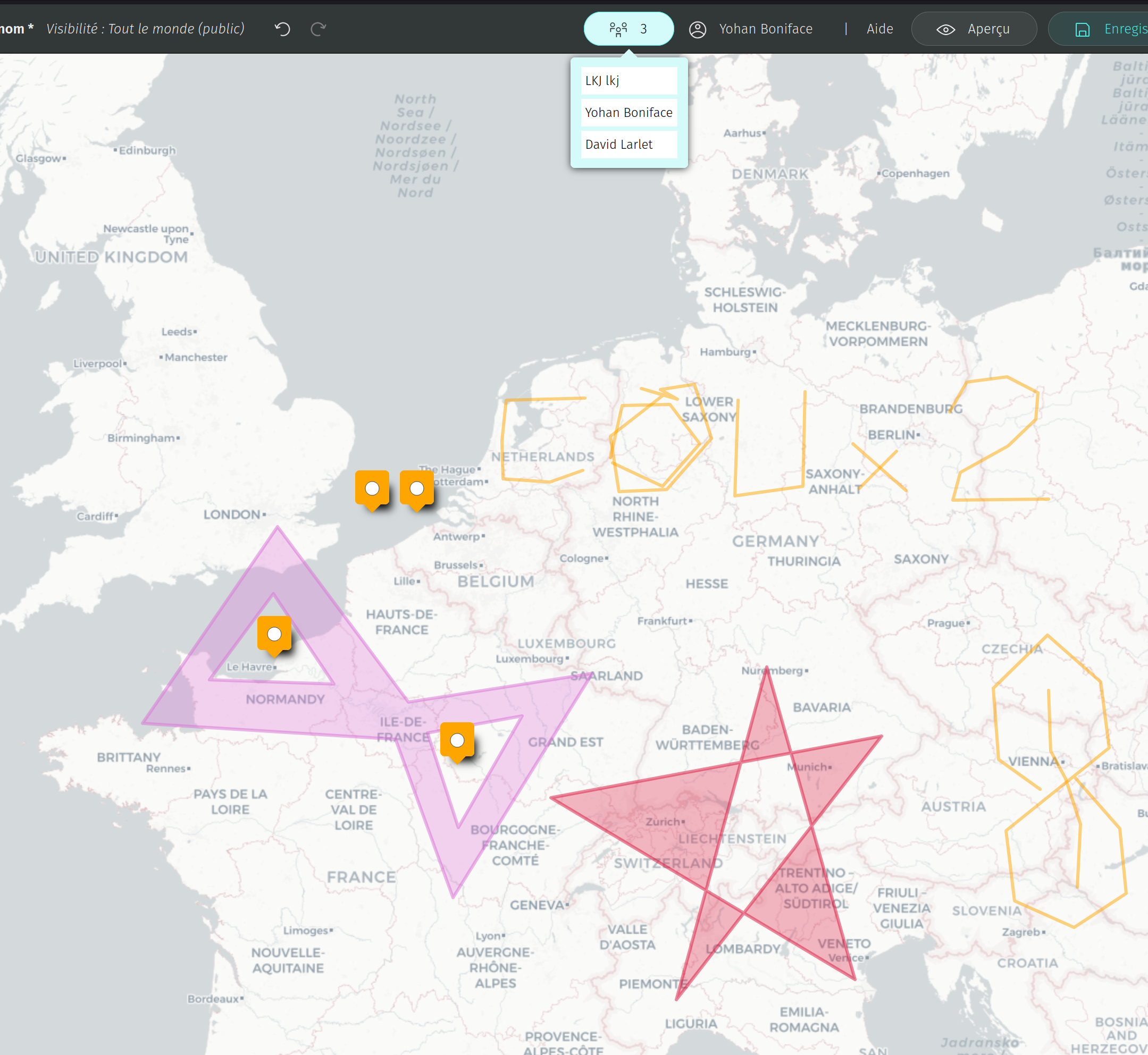EN translation below
PT abaixo
En 2025, il existe encore plein d’endroits dans OSM où les villes sont encore peu cartographiées dans le détail – malheureusement pour l’exhaustivité de la base, mais heureusement pour la motivation des cartographes OSM. Il est possible de changer radicalement la cartographie d’une petite ville en y consacrant quelques heures lors d’un séjour de quelques jours.
Par le passé, lors d’une formation en ligne, j’avais montré comment j’avais cartographié peu à peu quelques centaines de POI sur un quartier très vivant de ma ville de résidence, et cela avait motivé un étudiant pour faire la même chose chez lui (voir ce billet).
À nouveau, je relate mon expérience pour inciter d’autres à l’adapter à leur manière. Mais j’irai cette fois au-delà des aspects techniques et logistiques. En effet, cartographier des POI, c’est bien sûr utile à toutes celles et ceux qui réutiliseront la donnée, c’est un bon moment à passer seul ou à plusieurs, mais cela permet également de découvrir le lieu autrement, de mieux le connaître et le comprendre.
Au-delà des POI, en portant un œil de géographe, on se rend compte comment la localité s’organise et comment elle évolue. Je rajoute donc quelques petites pastilles sur ce que les POI m’ont appris sur le territoire cartographié.
Le contexte
J’ai passé trois jours dans les environs de Mucugê, petite ville de la Chapada Diamantina dans l’intérieure de l’État de Bahia au Brésil, dont l’histoire est justement marquée par la période de ruée vers le diamant, avec avant tout un agenda touristique, mais aussi en tête la possibilité de cartographier en fin de journée, au retour de visites ou de randonnée, ou au contraire tôt le matin. Mais dans les deux cas, seulement si j’avais suffisamment d’énergie pour le faire et sans que cela n’interfère avec les activités prévues ou improvisées avec les personnes qui m’accompagnaient.






